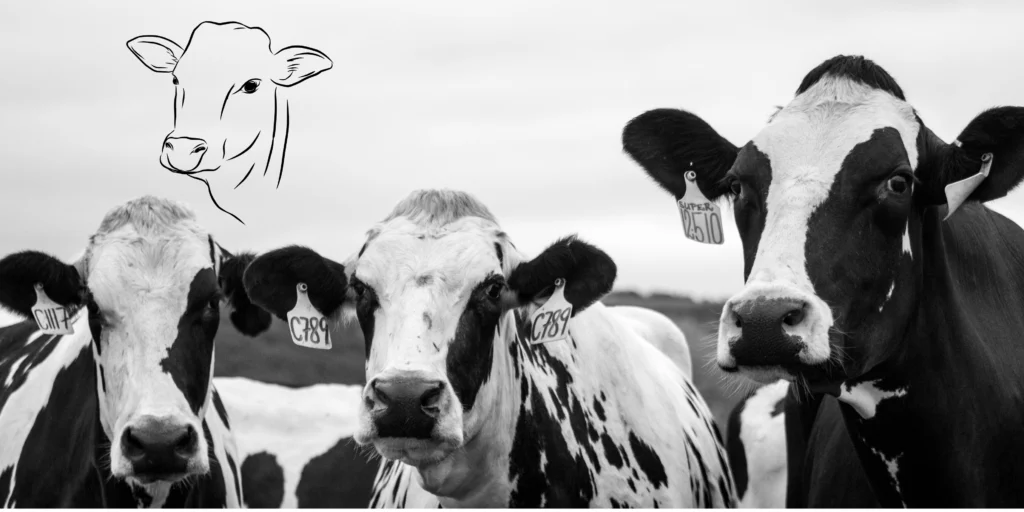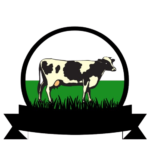The Living Environment of Cows

Cows, as one of the most important domesticated animals in agriculture, need a suitable living environment to grow, stay healthy, and produce milk or meat. The conditions in which cows live directly impact their health, well-being, and productivity. A proper living environment ensures that cows can maintain good physical condition, produce high-quality milk, and live stress-free lives. In this article, we will discuss the various aspects of a cow’s living environment, including housing, pasture, diet, and climate.
1. Housing for Cows
Cows can live in different types of housing depending on the farming system. There are two primary types of housing for cows: open barns and closed barns.
Open Barns:
- Open barns provide a shelter that allows cows to go outside. These barns are designed with large doors and windows to ensure proper ventilation.
- They are often found in farms that have large pastures where cows can graze during the day and rest in the barn at night.
- The advantage of open barns is that cows have more space to move around, which reduces stress and keeps them healthy.
Closed Barns:
- Closed barns are fully enclosed buildings, often used in regions with harsh weather conditions. These barns protect cows from extreme temperatures, rain, snow, and other weather-related issues.
- The inside of a closed barn is usually designed to be spacious enough to allow cows to move freely.
- The barn is equipped with a feeding area, a space for resting, and a place to walk around.
In both types of housing, it’s important that cows have enough space to lie down, stand up, and walk without feeling cramped. Overcrowding can lead to stress, injuries, and a higher risk of disease.
2. Pasture and Grazing Areas
Pasture is an essential part of a cow’s living environment. It provides cows with natural food, fresh air, and the opportunity to roam freely. Grazing is a natural behavior for cows, and it is important for their physical and mental health.
Grazing Benefits:
- Fresh pasture grass provides cows with a variety of nutrients, which helps improve their digestion and overall health.
- Grazing also allows cows to express natural behaviors like grazing, socializing with other cows, and moving freely.
- It reduces the need for supplemental feed and can lower farm costs.
However, the pasture should be managed properly to ensure that cows have access to clean and nutritious grass. The quality of the pasture should be regularly checked to avoid harmful weeds and overgrazing.
3. Diet and Feeding
A cow’s diet plays a huge role in its health and productivity. The diet needs to be carefully balanced to ensure cows get the right amount of nutrients to stay healthy and produce milk or meat.
Types of Feed:
- Grass: Grass is the primary food for cows that graze. It is rich in fiber, which helps with digestion and maintaining a healthy rumen.
- Hay and Silage: During the winter months or when fresh pasture is not available, hay and silage are used to feed cows. These are made from dried grass or fermented grass, respectively.
- Grain: Some cows are also fed grains such as corn or barley to supplement their diet, especially if they are being raised for meat production. This helps them gain weight quickly.
- Supplemental Feed: In some cases, cows may be given additional vitamins, minerals, or supplements to ensure they are getting the proper nutrition.
It is important to provide cows with fresh water at all times, as hydration is crucial for milk production and overall health.
4. Climate and Temperature
Cows are sensitive to changes in temperature and climate. Extreme heat or cold can negatively affect their health and productivity.
Hot Weather:
- In hot climates, cows are at risk of heat stress, which can reduce their milk production, cause dehydration, and increase the risk of disease.
- Farmers can provide shade, fans, and water to keep cows cool. In some cases, cows are also sprayed with water to help regulate their body temperature.
- Heat stress can be reduced by providing cows with proper ventilation and ensuring that they have access to cool, fresh water.
Cold Weather:
- In colder climates, cows need protection from the cold, wind, and snow. A warm, insulated barn can provide shelter from harsh weather conditions.
- Cows produce more heat when they are eating, so providing them with extra food in the winter can help keep them warm.
- It’s important to ensure that cows have dry bedding in the barn, as wet bedding can cause health problems like infections or hypothermia.
5. Health and Hygiene
A clean living environment is essential for a cow’s health. Dirty living conditions can lead to the spread of diseases, infections, and parasites.
Clean Barns and Pastures:
- Regular cleaning of the barn is necessary to remove manure and prevent the buildup of harmful bacteria. This includes removing old bedding and replacing it with fresh straw or other bedding materials.
- Pastures should also be kept clean, and cows should not be allowed to graze in areas that are too muddy or contaminated.
- Hoof care is important, as cows can develop foot problems if they walk on wet, dirty surfaces for extended periods.
Veterinary Care:
- Regular check-ups by a veterinarian are essential to ensure that cows remain healthy. This includes vaccinations, parasite control, and routine health monitoring.
- Sick cows should be isolated from the rest of the herd to prevent the spread of disease.
6. Social Environment
Cows are social animals that prefer to live in groups. They form strong bonds with other cows and communicate through body language and sounds.
Group Living:
- Keeping cows in groups helps reduce stress and provides them with social interaction. Isolating cows can cause anxiety and behavioral problems.
- It’s important to have a well-managed herd with enough space for each cow to feel comfortable.
Comfort and Rest:
- Cows need a comfortable space to lie down and rest. A cow spends a significant amount of time lying down to ruminate, and the resting area should be clean and dry.
- Providing soft bedding such as straw or sawdust can make the resting area more comfortable for cows.
Conclusion
The living environment of cows plays a crucial role in their health, productivity, and well-being. A good environment includes proper housing, access to fresh pasture, a balanced diet, and protection from extreme weather conditions. It also involves maintaining cleanliness, providing proper healthcare, and ensuring that cows are kept in a social setting. By focusing on these key aspects, farmers can ensure that cows live in an environment that allows them to thrive.

